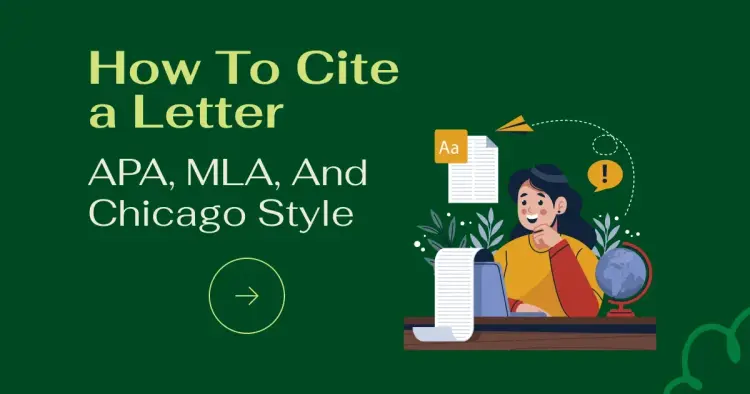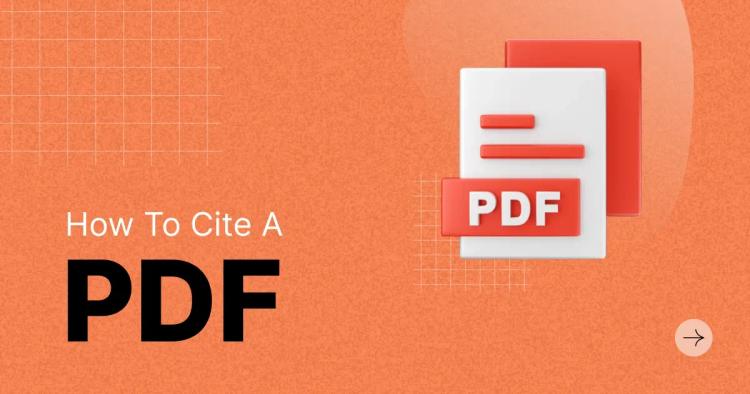In the vast expanse of the internet, where laughter and emotion find expression in the succinct yet impactful language of memes and gifs, we embark on a nuanced exploration of citing these digital artifacts.
These visual elements have become the heartbeat of online communication, shaping discourse, reflecting societal trends, and contributing to the ever-evolving tapestry of internet culture.
This blog post transcends the mere technicalities of APA, MLA, and Chicago style citations. It seeks to delve into the essence of why proper attribution is not just a formality but a crucial gesture of respect for the creators behind the laughter and emotion these visuals evoke.
The journey is not merely about rules; it's about understanding the language of memes and gifs and appreciating the humanity behind the screens.
ᴀᴅᴠᴇʀᴛɪsᴇᴍᴇɴᴛ
Understanding Meme and Gif Attribution
Unpacking the Elements: What Constitutes a Meme or Gif?
Memes and gifs are more than just pixels on a screen; they are a cultural currency, a shared language that resonates across diverse audiences. To cite them effectively, we must first dissect their anatomy.
What elements make a meme shareable, relatable, and culturally significant? How does a gif capture and immortalize a fleeting moment? We embark on a journey to unpack these elements, appreciating the artistry and creativity embedded in their seemingly simple formats.
The Role of Attribution: Why Citing Memes and Gifs Matters
Beyond the pixels and the humor lies an ethical responsibility — the duty to acknowledge and attribute. We delve into why citing memes and gifs is not just a legal requirement but a gesture of recognition and respect.
Proper attribution becomes a bridge connecting creators with consumers, fostering a culture of appreciation in the vast landscape of the internet.
Citing Memes and Gifs in APA Style
The Basics of APA Citation for Visual Content
APA style, known for its meticulous standards, provides a structured approach to citing visual content. In the world of memes and gifs, precision is not just a guideline; it's a means to convey the richness of visual communication within a standardized structure.
We navigate through the basics, understanding how to encapsulate the essence of a meme or gif within the confines of APA citation rules.
Ensuring Clarity and Consistency in APA Citations
In the pursuit of clarity, we discuss strategies to maintain coherence and consistency in your APA citations. A well-cited meme or gif is not just a citation; it's an invitation for the audience to explore the layers of meaning embedded in the visual narrative.
We delve into techniques that ensure your readers can effortlessly trace the origins of the laughter or emotion you share, fostering a seamless and immersive experience.
ᴀᴅᴠᴇʀᴛɪsᴇᴍᴇɴᴛ
Citing Memes and Gifs in MLA Style
Navigating MLA Guidelines for Visual Content Citation
MLA style, known for its flexibility, offers a different lens through which to view visual content citation. As we navigate the MLA landscape, we guide you through the guidelines specific to memes and gifs.
It's about finding the delicate balance between academic rigor and contemporary expression in the realm of internet humor. In MLA style, we discover the space where the traditional and the modern intersect.
Tips for Maintaining MLA Citation Integrity
Maintaining integrity in your MLA citations involves more than just following rules; it requires an understanding of the evolving nature of visual content. We share tips to ensure that your MLA citations stand the test of both time and internet trends.
It's about recognizing that each citation is a snapshot of a moment in the ever-evolving tapestry of internet culture, preserving the cultural significance of memes and gifs within the scholarly landscape.
Citing Memes and Gifs in Chicago Style
Decoding Chicago Style: Guidelines for Visual Content Citation
In the rich tradition of Chicago style, we find a robust framework for visual content citation. We decode the intricacies, specifically tailored to the vibrant world of memes and gifs. It's not just about adhering to rules; it's about blending tradition with the ever-evolving language of internet humor.
Chicago style offers a canvas where footnotes, endnotes, and in-text citations become part of the visual storytelling, contributing to a narrative that respects tradition while embracing the modern.
Addressing Specifics: Footnotes, Endnotes, and In-Text Citations
Chicago style is renowned for its versatility, and we explore the nuances of using footnotes, endnotes, and in-text citations in the context of memes and gifs. Discover the most fitting approach for your narrative and embrace the freedom that Chicago style offers.
It's about recognizing that the storytelling power of memes and gifs can be enhanced through thoughtful and strategic use of Chicago-style citation elements.
ᴀᴅᴠᴇʀᴛɪsᴇᴍᴇɴᴛ
Challenges in Citing Visual Content
The Evolving Nature of Memes: Challenges in Proper Attribution
As memes evolve at the speed of the internet, citing them poses unique challenges. We discuss the intricacies of attributing authorship when the internet's humor landscape is constantly shifting.
It's about staying nimble in a space that thrives on unpredictability, adapting your citation practices to the ever-changing nature of internet culture.
Gifs vs. Memes: Distinct Citation Considerations
Gifs and memes may share the same playground, but their nature demands distinct citation considerations. Delve into the specifics of citing these visual elements and respecting their unique attributes.
It's about recognizing the nuanced differences in humor and expression, tailoring your citations to ensure that the essence of gifs and memes is preserved with accuracy and finesse.
Staying Current: Adapting to New Forms of Visual Communication
In a digital world where new forms of visual communication emerge regularly, staying current is an ongoing challenge. We explore strategies to adapt your citation practices to the ever-changing landscape of online expression.
It's about embracing the fluidity of internet culture, recognizing that your citation practices should evolve in sync with the dynamic nature of visual content creation.
ᴀᴅᴠᴇʀᴛɪsᴇᴍᴇɴᴛ
FAQs
How to cite a meme?
Citing a meme involves acknowledging the creator and providing key details such as the username, title or description, platform, and the date it was accessed. For instance, in APA style, the format is similar to citing a social media post.
How to cite a meme in MLA?
In MLA style, citing a meme follows a format similar to citing a tweet. Include the meme creator's username, the title or description, the platform, and the publication date. Remember to use the pseudonym or username if the creator's real name isn't available.
How do you cite a meme image?
Citing a meme image involves specifying the creator, title or description, the platform (if applicable), and the date accessed. In APA, it's akin to citing an image found online. Include as much detail as possible to guide your audience to the original content.
How do you cite a meme you made?
Citing a meme, you created requires providing your username or real name, the meme's title or description, the platform, and the date of creation. Treat it like any other online content citation, ensuring clarity and completeness for those who wish to trace your original work.
ᴀᴅᴠᴇʀᴛɪsᴇᴍᴇɴᴛ
Conclusion
As we conclude this exploration of citing memes and gifs, we recap the key insights into APA, MLA, and Chicago style. Mastering the art of citation in the digital age involves more than following guidelines; it requires an understanding of the essence of attribution. It's about recognizing the humanity behind the screens, acknowledging the creators who infuse these digital artifacts with meaning and emotion.
Related citation guides:







